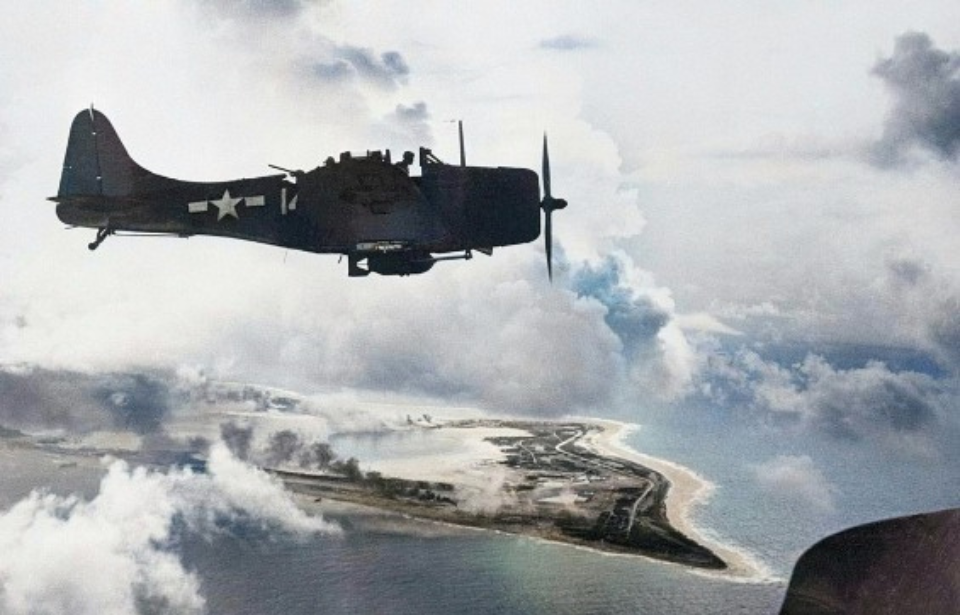Hidden behind the tragedy of the Japanese attack on Pearl Harbor is the lesser-known Battle of Wake Island. Enemy attacks were launched on both locations, but while one ended nearly as quickly as it began, the other waged for just over two weeks. Although Wake Island was ultimately an American loss, this didn’t stop the engagement from lifting the public’s spirits following the devastation in Hawaii.
Wake Island
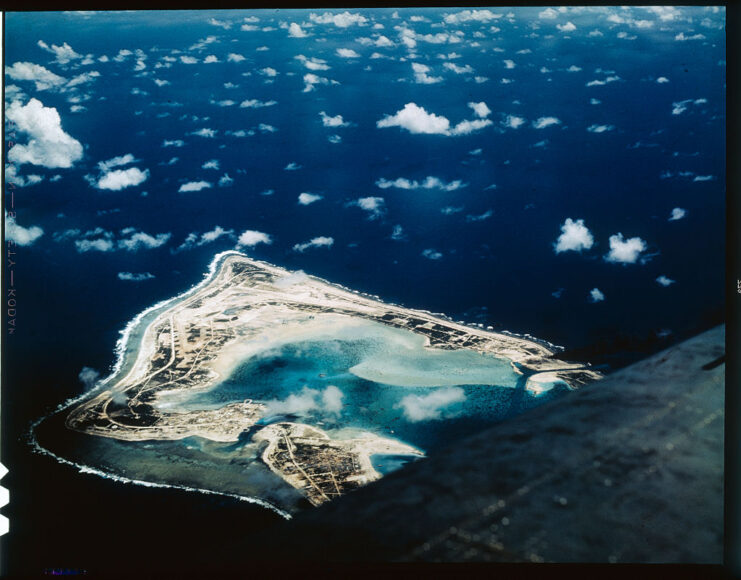
The US Navy established a base on Wake Island in January 1941, making it one of only three in the far Pacific. Later that same year, 450 members of the 1st Marine Defense Battalion were sent there as its first permanent personnel. Along with a small number of fighter pilots and naval members, they established defenses on the island. However, they didn’t bring with them air radar, a mistake that proved costly.
Winfield Cunningham was named Officer in Charge, Naval Activities, Wake Island on November 28, 1941, although the number of servicemen under his charge was small enough that they were unable to properly man the island’s defenses. A few days later, the Japanese launched three submarines to surround Wake Island.
Battle of Wake Island – First assault
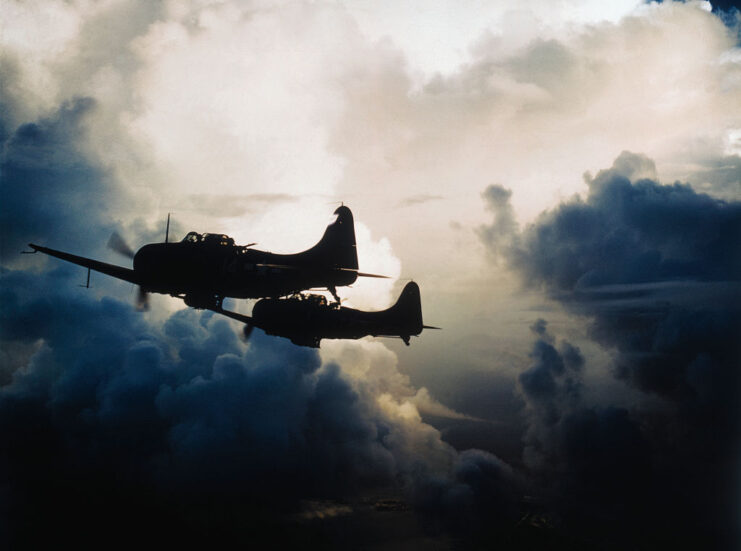
On December 8, 1941, hours after Pearl Harbor was attacked, the Japanese launched 36 Mitsubishi G3M3 bombers to begin their assault on Wake Island. The Japanese bombers destroyed eight US Grumman F4F-3 Wildcats and a converted cargo ship, leaving the American personnel with only four aircraft to defend Wake Island.
While few in number, they took out two enemy bombers in the coming days as the air raids continued. The primary targets were US aircraft, but, once they were largely destroyed, the Japanese moved on to hit the main housing area and various anti-aircraft guns.
After days of aerial attacks, the Japanese attempted to land at Wake Island on December 11, 1941. The landing force was sizeable, with three light cruisers, six destroyers, a submarine tender, two armed merchantmen, two patrol boats, 450 landing troops and three submarines. Despite being caught off guard, the American forces prevented them from landing. The US commanders were strategic, waiting until the enemy force was in close enough range of their coastal defenses to take aim.
Included in the successes of the day were the sinking of the first Japanese warship, the destroyer Hayate from 3,700 meters, followed by the destroyer Kisaragi via aerial attacks. Four hundred and seven casualties went down with the ships, enough to warrant a Japanese retreat.
Boosting morale back in the United States
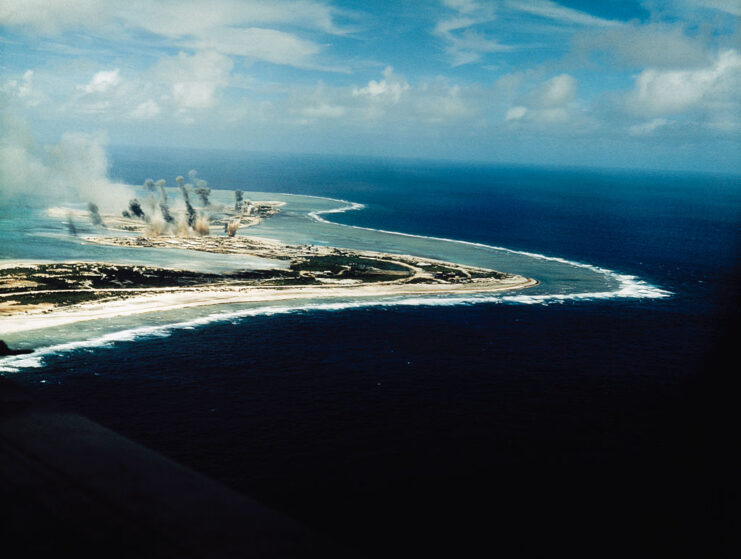
The American success was soon reported to those back home. Reeling from the heavy losses at Pearl Harbor, this was exactly the news the public needed to boost their spirits. The victory was spread in the papers – even President Franklin Roosevelt said those stationed on Wake Island were “doing a perfectly magnificent job.”
Tragically, while the Americans celebrated the win on Wake Island, the Japanese were working on their second plan of attack, one that would prove much more successful. This time, on December 23, they attacked with even more support: the surviving ships from the first assault, vessels that had been present at Pearl Harbor and over 1,500 Japanese Marines.
Battle of Wake Island – Second assault
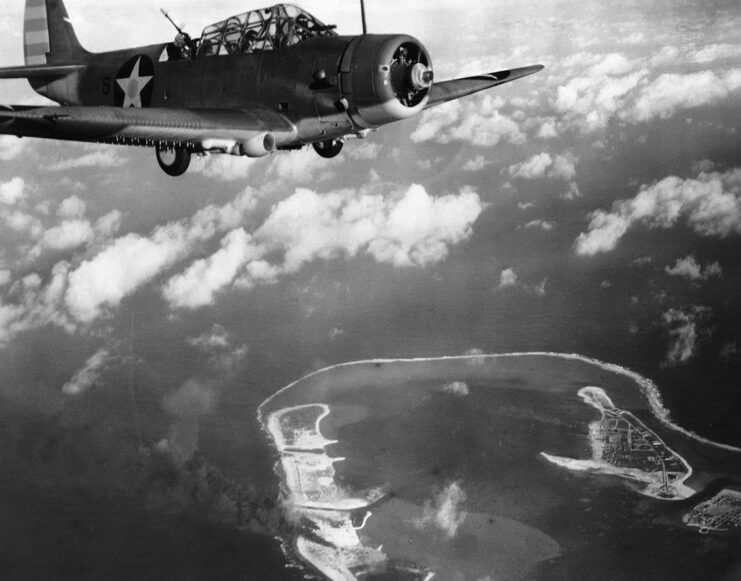
The Japanese landed at various points around Wake Island early in the morning, following heavy air raids. A number of Japanese service men attempted to land on nearby Wilkes Island, but were soon repeled.
The men who successfully landed on Wake Island first went for the airfield, where the US Marine Corpsmen put up a strong defense. They were forced to retreat inland, allowing the Japanese Special Naval Landing Forces to push the surrender of the American garrison.
The Japanese took 1,616 prisoners, both military and civilian. Most were evacuated to camps in Japan and China, while a small number remained on Wake Island as laborers. Despite the loss, the American forces were praised heavily by the press and public when news reached home. They likened the standoff to that of the Alamo, calling the men brave defenders and heroes for fighting against all odds to keep the island in American hands.
The events were even turned into a 1942 movie, Wake Island, which proved extremely successful in recruiting future Marines and selling more war bonds.
Continued bombardments
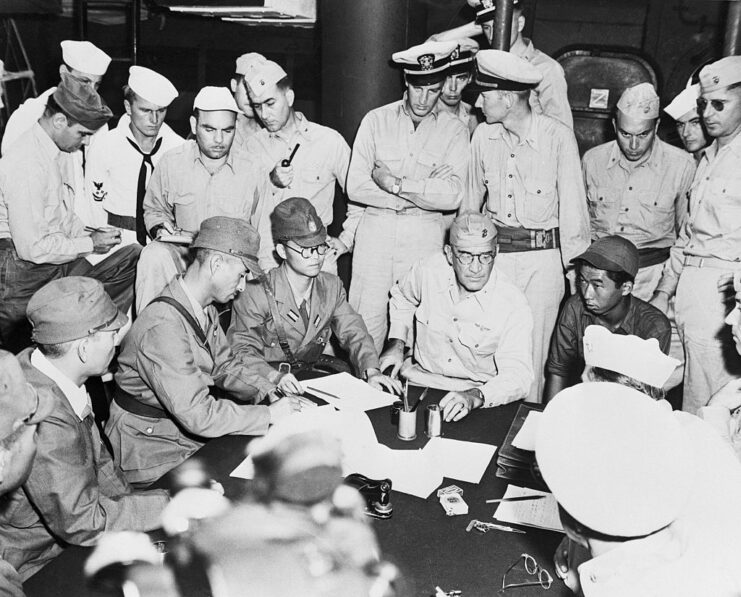
Although Wake Island was lost, the Americans made many attempts to reclaim it throughout the remainder of the Second World War. The US Navy also created a submarine blockade of their own, to prevent supplies reaching the island. This, however, led to starvation.
These actions had many other negative consequences for the prisoners of war (POWs) who were forced to perform manual labor on Wake Island. After one particular attack on October 5, 1943, 98 men were executed in retaliation. They were hastily buried, and one unknown escaped prisoner, who was later killed, went back to mark their graves.
More from us: Why Was ‘Casablanca’ Banned In Germany?
It wasn’t until September 4, 1945 that the Japanese surrendered Wake Island to the Americans, two days after the end of World War II. During the war crime trials that came after, Japanese Adm. Shigematsu Sakaibara, who’d ordered the American prisoners’ execution, was found guilty. He was hung on June 19, 1947.
